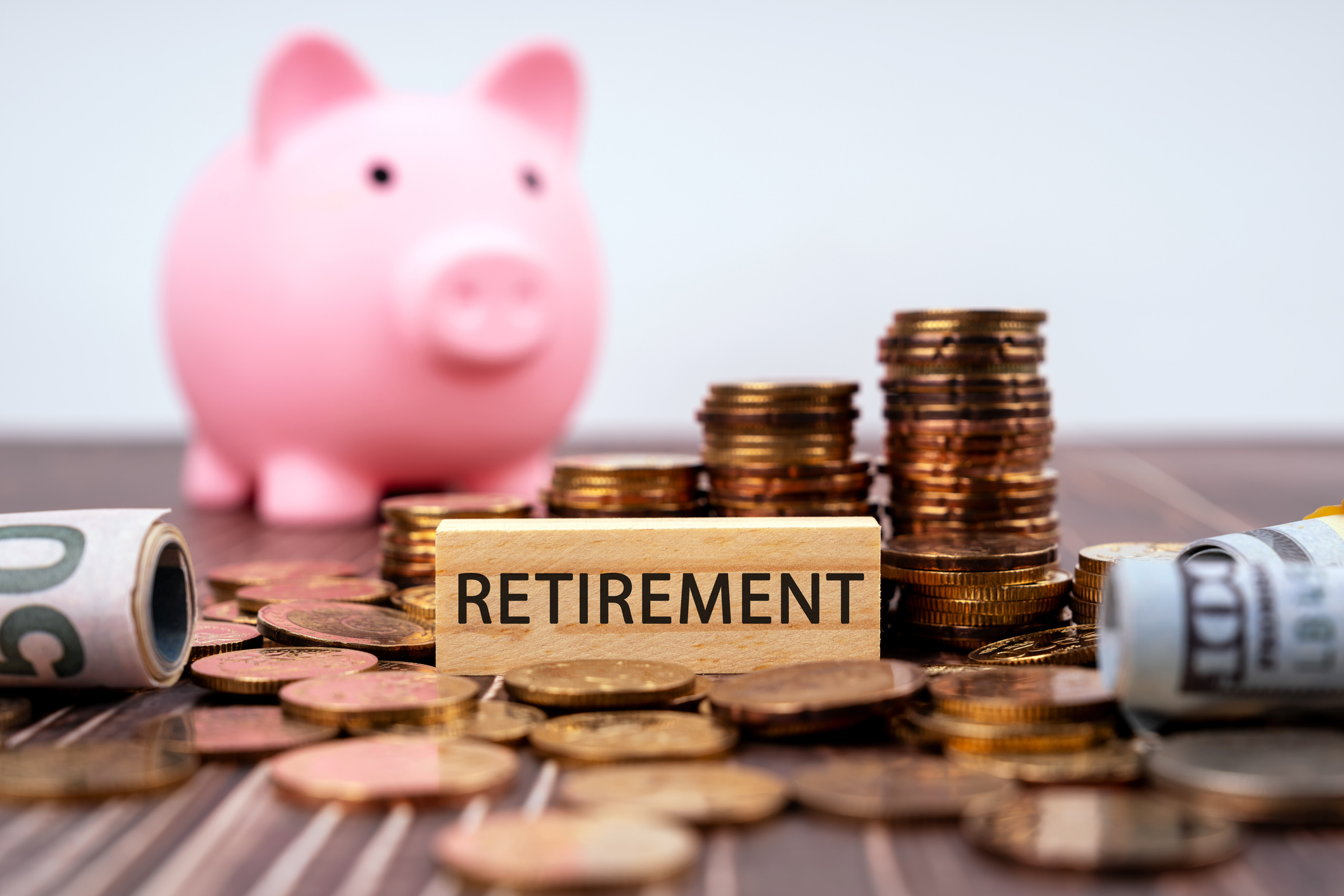What's Driving the Boom in Bonds
When the unexpected happens, it deserves an explanation. Arguably, the biggest surprise in financial markets this year is the strong performance of bonds.

When the unexpected happens, it deserves an explanation. Arguably, the biggest surprise in financial markets this year is the strong performance of bonds. You may recall that bond prices fell (and yields rose) last year after the Federal Reserve gingerly began to reverse its easy-money policies. With yields still near historically low levels, many seers expected more pain this year. But so far in 2014, the Barclays U.S. Aggregate Bond index, a measure of investment-grade debt, has delivered a total return of 3.9%. Other segments have done even better. The Merrill Lynch U.S. High Yield Master II index, a measure of junk-bond performance, returned 4.8% this year, and the Bloomberg USD Emerging Market Sovereign Bond index, a benchmark of U.S. dollar-denominated emerging-markets government debt, gained 8.3% (returns are through May 30).
The bond market has been able to outwit even the best investors lately. In 2011, for example, legendary bond investor Bill Gross famously dumped Treasuries in his Pimco Total Return fund, believing yields were due to rise sharply. That year, the Barclays U.S. Treasury index rallied 9.8%. And in 2013, Gross loaded up on Treasury bonds, just as the market was about to tumble. So while we can’t predict what’s next, we present eight questions and answers to explain the mysterious ways of the bond market.

Why Are Bonds on a Roll?
So far this year, the yield of the benchmark ten-year Treasury has dropped from 3% to 2.5%, a large move by bond-market standards. The decline is due mainly to subpar economic growth. In fact, gross domestic product contracted at an annualized rate of 1% in the first quarter of 2014. Granted, the miserable winter weather accounts for some of that weakness, but the figure was well below economists’ forecasts of 1% growth. Normally, the ten-year Treasury’s yield approximates economic growth plus inflation. With inflation running a cool 1.4%, the bond market seems to believe there isn’t much need for higher yields, at least anytime soon. “Everything depends on the path that growth takes,” says Brian Kennedy, a bond fund manager at Loomis Sayles.

What Could Make the Market Change Course?
By this point, bond prices and yields already reflect the effects of the Fed’s decision to gradually reduce and ultimately end its mammoth bond-buying program, which was designed to hold down interest rates. Yields could start rising again if economic growth kicks into higher gear—especially if warmer weather unleashes pent-up consumer demand, as some economists (including those at the Fed) predict. Indeed, Kiplinger’s forecasts that the U.S. economy will be expanding at a 3% annual pace by the end of 2014, and that the ten-year Treasury yield will return to 3% by the new year. But for yields to really surge, growth would have to accelerate even faster, or inflation would have to reach or exceed the Fed’s target rate of 2%.

If Yields Rise, Which Bonds Would Feel the Most Pain?
Without a doubt, high-quality bonds such as Treasuries, government agency mortgage–backed securities and high-grade corporates—especially those with long maturities—would lose the most if yields rose sharply. Those bonds are the most sensitive to interest-rate moves.

How Big Could the Losses Be?
That depends on the kind of bonds you own and how you invest in them. If you own individual bonds and hold them to maturity, you won’t risk losing your principal from interest-rate moves. But you will have to settle for earning less than you might make from newer bonds. And if rising rates are due to an acceleration of inflation, your bonds’ purchasing power at maturity will be less than you would have expected.
If you invest through a fund, you could see capital losses because the value of the bonds within the fund will fall as yields rise. How big those losses could be will depend on the average duration (a measure of interest-rate sensitivity) of the fund’s holdings. Say your fund has an average duration of five years. If yields rise by one percentage point, the principal value of the fund will decline roughly 5%. You can find the duration of your bond fund at Morningstar.com.

Do Some Types of Bonds Provide More Protection Against Rising Rates?
Yes. The higher a bond’s interest “coupon,” the less the IOU is likely to lose in response to rising yields. That makes high-yielding junk bonds a good way to defend against a spike in yields. Junk bonds can also get a lift if rising rates are the result of an improving economy, which typically boosts the fortunes of high-yield-debt issuers. One positive sign for junk bonds: As of April, the global default rate for high-yield debt was only 2.4%, about half the historical average, according to Moody’s.
Unfortunately, these virtues have not gone unnoticed. Investors have been piling into junk bonds in recent years, pushing yields down to an average of 5.4% today, well below the long-term average of 9.6%. Plus, the narrow gap between junk and Treasury yields—2.9 percentage points—suggests that junk is pricey, if not overvalued. As a result, junk bonds’ biggest gains are probably behind them. Keep in mind, too, that junk bonds tend to track the stock market much more closely than high-grade debt. If the economy tanks, so will junk bonds.

What About Municipal Bonds?
So much for their reputation for being sedate. Tax-free bonds are having a bang-up 2014, with the Barclays Municipal Bond index having returned 5.9% so far. A couple of factors are at work: Higher income tax rates boost demand for munis, which pay interest that is generally exempt from federal income taxes and, in some cases, from state and local taxes, too. Also, supply has been tight. Anthony Valeri, market strategist at brokerage firm LPL Financial, says issuance of new muni bonds in 2014 could be the lowest it has been in ten years. A supply-demand imbalance could help prop up munis over the longer term, too.
Still, munis are loosely tied to the Treasury market. If yields rise, muni bonds could stumble, especially given that they have become more expensive during this year’s rally. “Munis will not be able to ignore higher yields in Treasuries,” says Valeri.

Are Foreign Bonds a Better Value?
Overseas bonds can provide a good dose of diversification to a fixed-income portfolio. Trying to invigorate the euro-zone economy, the European Central Bank is more likely to cut already-low interest rates than to increase them. You’ll get more income and additional diversification if you invest in emerging-markets debt, but you’ll assume more risk. The Bloomberg USD Emerging Market Sovereign Bond index yields 4.5%, but it fell 6% last year. The Barclays U.S. Aggregate Bond index declined just one-third as much. And with any foreign bond fund, you have to think about the effect of currency swings on return. A strong euro has helped boost performance. But if the currency weakens, U.S. investors would suffer as euros convert to fewer dollars.

Given the Risks, Should I Own Bonds at all?
Bonds certainly have their perils these days, but they still play an important role in a portfolio. Treasuries provide a buffer against the gyrations of riskier assets, such as stocks. In 2008, for example, when the U.S. stock market plunged 37%, the U.S. Aggregate index returned 5.2%. Other types of bonds, including junk bonds and foreign debt, can boost your income.
Profit and prosper with the best of Kiplinger's advice on investing, taxes, retirement, personal finance and much more. Delivered daily. Enter your email in the box and click Sign Me Up.
-
 10 Cheapest Places to Live in Washington
10 Cheapest Places to Live in WashingtonProperty Tax Is Washington your go-to ski destination? These counties combine no income tax with the lowest property tax bills in the state.
-
 Healthy to 100: Secrets from Countries Where Retirees Age Best
Healthy to 100: Secrets from Countries Where Retirees Age BestLongevity is a team sport, according to author Ken Stern. Here's the secret sauce for living long, healthy lives from countries like Italy and Japan.
-
 My First $1 Million: Semiretired CPA, 68, San Francisco
My First $1 Million: Semiretired CPA, 68, San FranciscoEver wonder how someone who's made a million dollars or more did it? Kiplinger's My First $1 Million series uncovers the answers.
-
 What Fed Rate Cuts Mean For Fixed-Income Investors
What Fed Rate Cuts Mean For Fixed-Income InvestorsThe Fed's rate-cutting campaign has the fixed-income market set for an encore of Q4 2024.
-
 The Most Tax-Friendly States for Investing in 2025 (Hint: There Are Two)
The Most Tax-Friendly States for Investing in 2025 (Hint: There Are Two)State Taxes Living in one of these places could lower your 2025 investment taxes — especially if you invest in real estate.
-
 The Final Countdown for Retirees with Investment Income
The Final Countdown for Retirees with Investment IncomeRetirement Tax Don’t assume Social Security withholding is enough. Some retirement income may require a quarterly estimated tax payment by the September 15 deadline.
-
 The 24 Cheapest Places To Retire in the US
The 24 Cheapest Places To Retire in the USWhen you're trying to balance a fixed income with an enjoyable retirement, the cost of living is a crucial factor to consider. Is your city the best?
-
 How Inflation, Deflation and Other 'Flations' Impact Your Stock Portfolio
How Inflation, Deflation and Other 'Flations' Impact Your Stock PortfolioThere are five different types of "flations" that not only impact the economy, but also your investment returns. Here's how to adjust your portfolio for each one.
-
 Why I Still Won't Buy Gold: Glassman
Why I Still Won't Buy Gold: GlassmanOne reason I won't buy gold is because while stocks rise briskly over time – not every month or year, but certainly every decade – gold does not.
-
 Should You Use a 25x4 Portfolio Allocation?
Should You Use a 25x4 Portfolio Allocation?The 25x4 portfolio is supposed to be the new 60/40. Should you bite?
-
 Retirement Income Funds to Keep Cash Flowing In Your Golden Years
Retirement Income Funds to Keep Cash Flowing In Your Golden YearsRetirement income funds are designed to generate a reliable cash payout for retirees. Here are a few we like.
